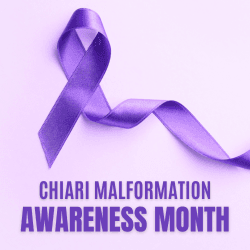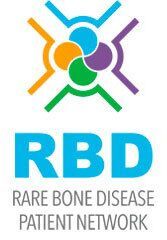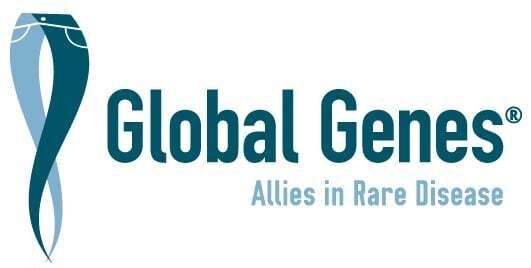
Living with a complex lymphatic anomaly (CLA) like Gorham-Stout disease (GSD) often means dealing with medical challenges that most people have never even heard of. One of these lesser-known challenges is something called a Chiari malformation. While rare, it’s important to understand how the two conditions can be connected.
What is Gorham-Stout Disease (GSD)?
Gorham-Stout disease is a complex lymphatic anomaly where bone is slowly broken down and replaced by abnormal lymphatic and blood vessels.
This bone loss, called osteolysis, can make bones fragile or even cause them to disappear. GSD may affect just one bone or several, often involving the ribs, spine, skull, or pelvis. Symptoms vary depending on which bones are involved and may include:
- Pain and swelling
- Fragile bones that break more easily
- Breathing problems if the ribs or chest are affected
- Neurological symptoms if the spine or skull are involved
Although it isn’t cancer, GSD can lead to serious complications if it spreads into important areas of the body such as the chest or skull base.
What is a Chiari Malformation?
A Chiari malformation happens when part of the brain, called the cerebellum, slips down into the space where the spinal cord begins. This can put pressure on the brain and spinal cord, leading to symptoms such as:
- Frequent headaches
- Neck pain
- Problems with balance or coordination
- Numbness or tingling in the hands or feet
The most common type is called Chiari type I, which sometimes doesn’t cause symptoms until the teenage years or even adulthood.
How Does This Connect to Gorham-Stout Disease?
Gorham-Stout disease (GSD) is a very rare condition where bones slowly break down and get replaced by abnormal lymphatic tissue. When GSD affects the bones at the base of the skull or the top of the spine, it can weaken these important structures.
As the bone gets weaker, the base of the skull may actually start to sink or collapse—a process doctors call cranial settling or basilar impression. When this happens, it can cause the brain to be pushed down into the spinal canal, leading to an acquired Chiari malformation.
Possible Complications
When Chiari malformations occur alongside GSD, they can lead to other health issues, including:
- Cerebrospinal fluid (CSF) leaks: Small openings can form at the base of the skull, letting brain fluid leak out. This often causes severe headaches and low pressure in the brain.
- Meningitis: Because of the fluid leaks, there is a higher risk of meningitis (inflammation around the brain and spinal cord). Sometimes this can be “aseptic meningitis,” which isn’t caused by infection but still brings serious symptoms.
Diagnosis and Care
Because GSD and Chiari malformations are both rare and complicated, it can sometimes take time to get the right diagnosis. But there are ways doctors can check for problems and manage them:
- Scans like MRI or CT: These help detect Chiari malformations and CSF leaks.
- Surgery (in some cases): If symptoms are severe, surgery may be needed to relieve pressure on the brain and spinal cord.
- Close monitoring: A “high index of suspicion” is important. This means doctors need to look out for Chiari malformations in GSD patients who develop headaches, neck pain, or neurological symptoms.
Why Awareness Matters
Although the link between GSD and Chiari malformations is rare, it is real—and has been reported in both children and adults. For families and patients, knowing about this connection can make it easier to recognize symptoms early and seek the right care.
Raising awareness of this complication helps ensure that patients with complex lymphatic anomalies get the support, monitoring, and treatment they need.










